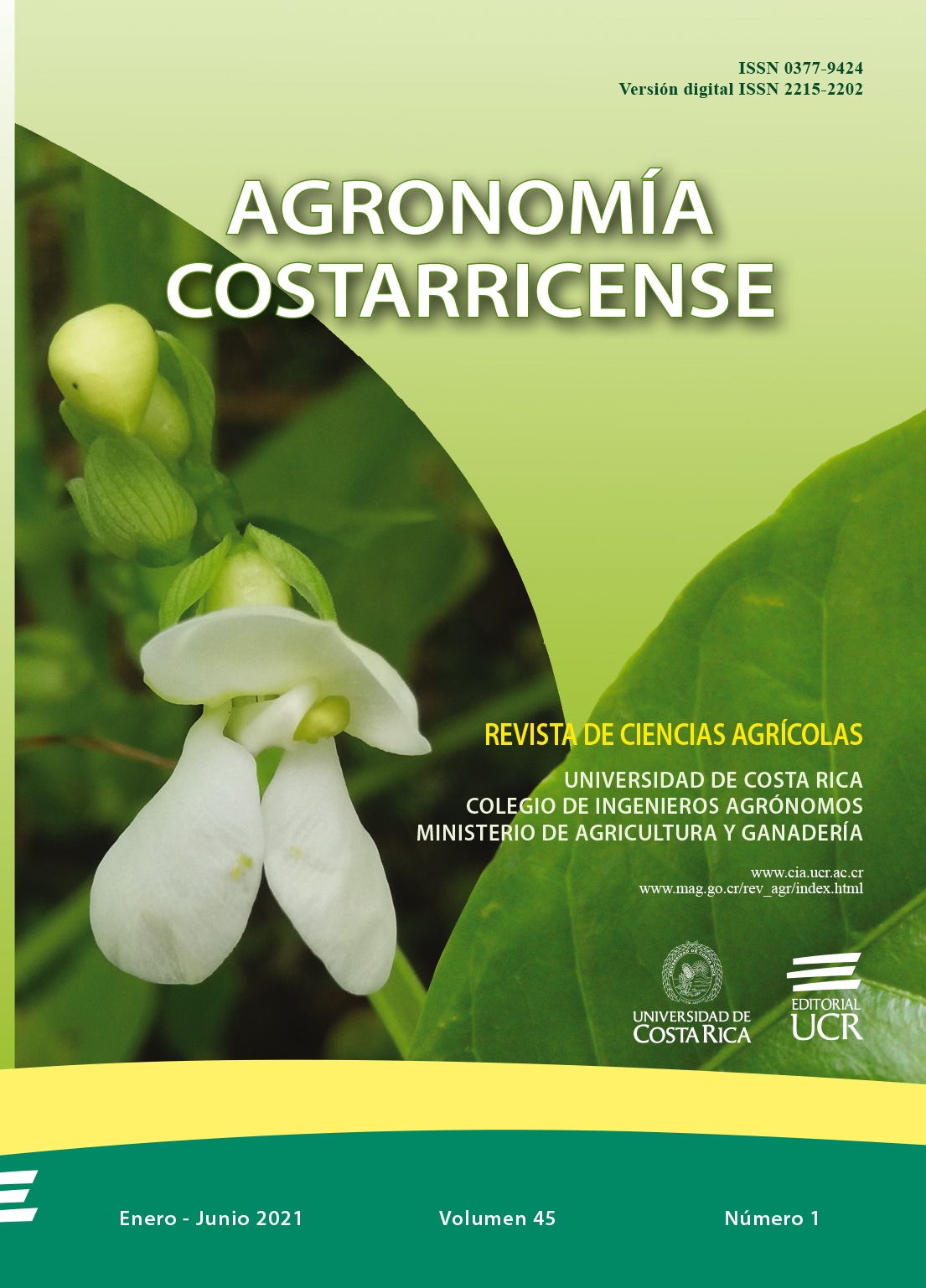Abstract
Introduction. Ruminant production depends almost exclusively on forages that desirably have a high nutritional quality, so updated studies on this attribute, are required. For the present study, an analysis of the association of grasses and legumes as an alternative to increase the nutritional value of forages was carried out. Objective. To assess the agronomic and nutritional quality of maize associations with legumes of climbing habit IV for bovine feeding. Materials and methods. A ramdomized complete block design was used with 7 treatments and 3 replications consisting of: T1-6 = Corn + Blue lake, Beijin, Chi tou, Pritkar, Beans, CIAT 16806 and T7 = Corn ICA- V305. Plant height (PH), fresh biomass, area equivalence index (AEI), weighted selection index (WSI), dry matter (DM), crude protein (CP), ether extract (EE), neutral detergent fiber (NDF), acid detergent fiber (ADF), and lignin (LDA) were evaluated. The data were statistically analyzed and submitted to the WSI and AEI. Results. The amount of fresh biomass in association increased (average 72.2 ± 5 ton. ha-1) compared to maize monoculture (64.82 ton.ha-1). DM concentration was affected (r = -0.37 Pearson <0.05) by the amount of biomass provided by legumes for an average of 18.4% in association and 22.40% of corn. CP content showed superiority of 3-5 g / 100g DM over corn. NDF concentration was lower in associations (42.71% Corn + Blue lake) compared to corn monoculture (55.82%). AEI for of corn + blue lake association presented greater efficiency (53.2%) compared to monocultures. The estimated weighted selection index considering PH, biomass, CP and total DM, showed the treatments: corn + Blue lake and Beijin with the best hierarchical position. Conclusion. From highest to lowest, associating ICA-V305 corn with Blue lake, Beans or Chi tou are a better feed alternative for the farmer (production of silages and / or fresh cut feed).

